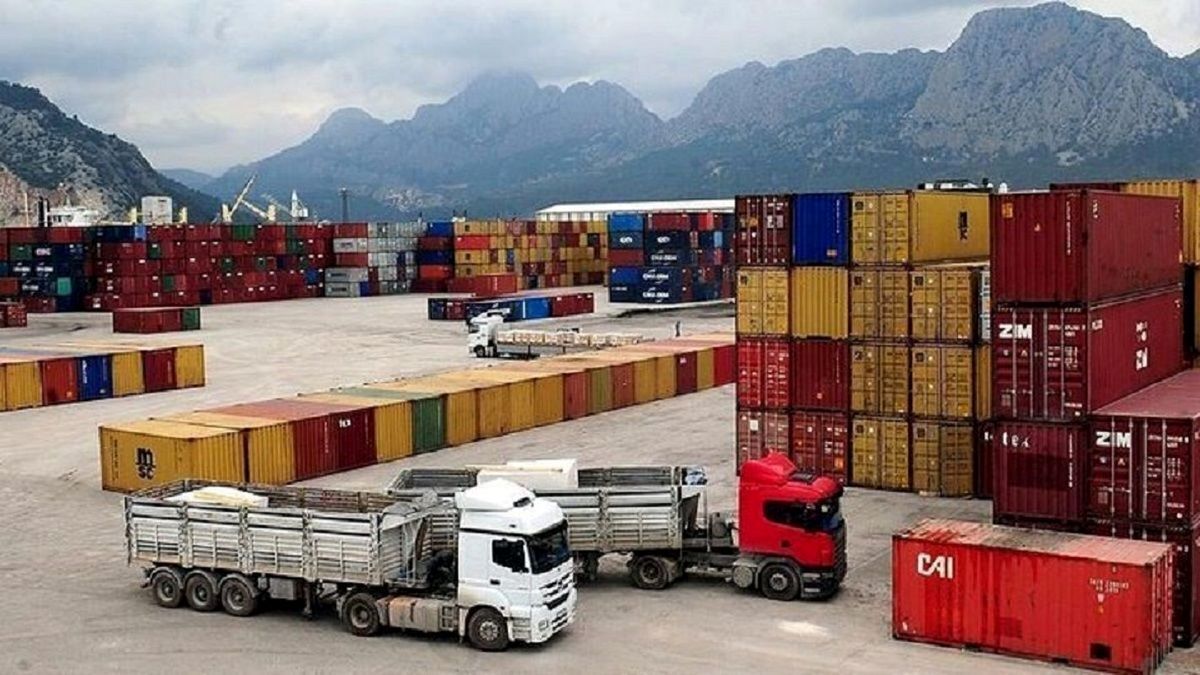
Arvand FTZ Exports Earn Over $1.2b Since March
EghtesadOnline: More than $1.26 billion worth of goods have been exported from Arvand Free Trade Zone in the southern Khuzestan Province since the beginning of the current Iranian year on March 20, 2020.
“Last year’s [March 2019-20] total exports were at $1.22 billion, which means shipments have already seen a significant rise,” Ali Mousavi, the deputy head of FTZ, was quoted as saying by IRNA.
The exports included seafood, minerals, different kinds of foodstuff, fruit and vegetable, steel products and construction materials.
Iraq and the littoral states of Persian Gulf were the main destinations, according to the official.
“Presently, 190 production units are active in Arvand FTZ, which we hope will increase to 200 units by the [fiscal] yearend [March 20],” Mousavi said.
Arvand Free Trade Zone, located in the northwest of Persian Gulf, is at the confluence of Karun and Arvand rivers. The zone is at a height of 3 meters above sea level and near Iraq.
It is situated on the northern tip of Persian Gulf and borders Khuzestan Province and the major cities of Khorramshahr and Abadan. The zone includes administrative, tourism and commercial areas.
The area’s transformation from a rural to industrial and commercial region began in 2004. Cabinet members officially demarcated the area by 2005.
Nearly 3,800 hectares are designated for warehousing and shipping. The port boasts the deep waters of Bahmanshir, Karun and Arvand rivers. Bordering Iraq and Kuwait, the free zone has excellent road, rail and air transit, which boosts its connectivity.
Iran is home to seven free trade zones, namely Kish, Qeshm, Chabahar, Anzali, Maku, Aras and Arvand, as well as 64 special economic zones.
“A total of around $50 million worth of foreign investment has been attracted by Arvand Free Zone since the current Iranian year began on March 20,” Mousavi said recently.
“This year’s foreign investment in Arvand Free Zone shows a significant increase in comparison to $2 million of the same period last year.”
The free zone is of special significance, as it is in the neighborhood of Iraq and Kuwait.
Bordering Arvand River and beyond that southern Iraq, the FTZ has a unique proposition on offer. It has direct access to the Iraqi market. Among all of Iran’s neighboring countries, Iraq stands as the largest market for Iranian products.


